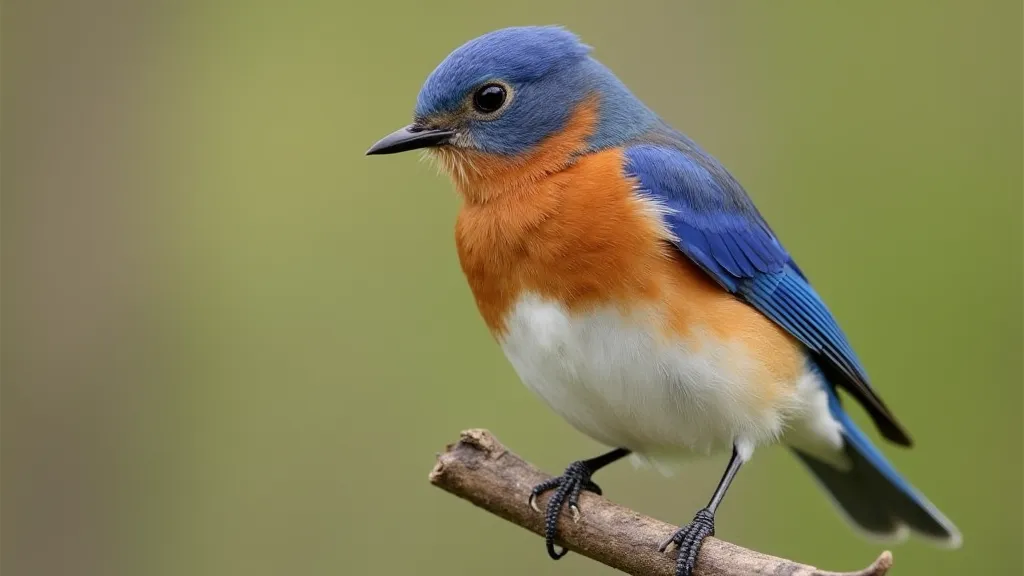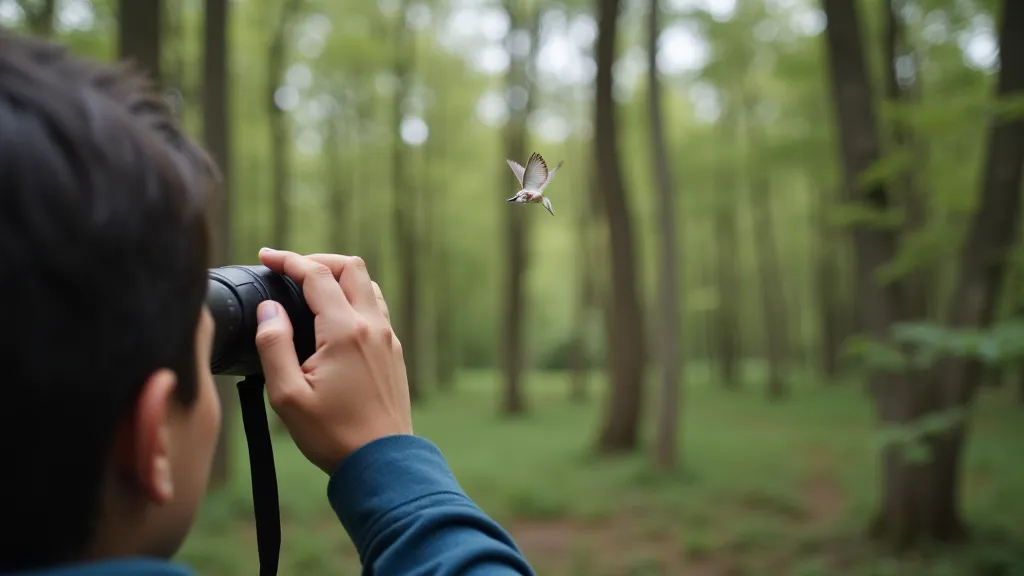Discovering Birding Paradise: A Beginner's Guide to the Piedmont Region of North Carolina
The Piedmont region of North Carolina, nestled between the mountains and the coast, is a birder's dream. Its rolling hills, fertile farmland, and abundant riparian forests provide a diverse array of habitats that attract a stunning variety of avian life. Whether you've just picked up your first pair of binoculars or have been a seasoned birdwatcher for years, the Piedmont offers something for everyone. This guide will introduce you to some prime birding spots, highlight common bird species, and equip you with essential beginner tips to enhance your birding experience.
Prime Birding Locations in the Piedmont
Let's explore some of the best places to observe birds in the North Carolina Piedmont:
- Haw River State Park: This park boasts a mix of hardwood forests, wetlands, and open fields, attracting a wide range of species. Look for migrating warblers in spring and fall, and keep an eye out for waterfowl along the Haw River.
- Morrow Mountain State Park: Located on the Yadkin River, Morrow Mountain offers diverse habitats including forests, meadows, and the river shoreline. It’s a great spot for observing woodland birds and raptors.
- Deep River State Recreation Area: This area provides a beautiful riparian environment attracting various bird species along the riverbanks.
- Occoneechee Mountain State Natural Area: Situated near Burlington, this area offers opportunities for woodland birding and offers excellent trails.

Common Birds of the Piedmont
The Piedmont’s bird population is dynamic, with resident species joined by migratory visitors throughout the year. Here are a few birds you're likely to encounter:
- Eastern Bluebird: A welcome sight with its vibrant blue back and rusty breast. They often nest in birdhouses, so keep an eye out in open areas.
- Red-bellied Woodpecker: Easily recognizable by its red cap and nape, this woodpecker is a common visitor to bird feeders and can be found drumming on trees.
- Carolina Wren: These energetic little birds are a constant presence in gardens and woodlands, filling the air with their cheerful song.
- Northern Cardinal: The male's brilliant red plumage makes it unmistakable, while the female's more subtle coloration provides excellent camouflage.
- Various Warblers: During migration, the Piedmont explodes with color as various warbler species pass through. Learn to identify them by their songs and distinctive markings.

Beginner Birding Tips
Ready to start your birding adventure? Here are some essential tips:
- Start Simple: Focus on learning a few common species before tackling more challenging identifications.
- Listen Carefully: Bird songs and calls are often the first clue to a bird's presence. Use a bird song identification app to help you learn.
- Observe Behavior: Pay attention to how birds forage, nest, and interact with their environment.
- Choose the Right Binoculars: A good pair of binoculars can significantly improve your viewing experience. Look for binoculars with 8x or 10x magnification.
- Dress Appropriately: Wear comfortable clothing and shoes suitable for walking in outdoor environments.
- Be Patient: Birding requires patience and observation. Don't get discouraged if you don't see many birds right away.
- Join a Local Birding Group: Connect with other birders in your area to share knowledge and experiences.

Respect the Environment
Remember to practice responsible birding: stay on marked trails, avoid disturbing nests, and leave no trace of your visit.
The Piedmont region of North Carolina is a treasure trove of avian life. With a little patience and a willingness to learn, you're sure to discover the joy and wonder of bird watching!





